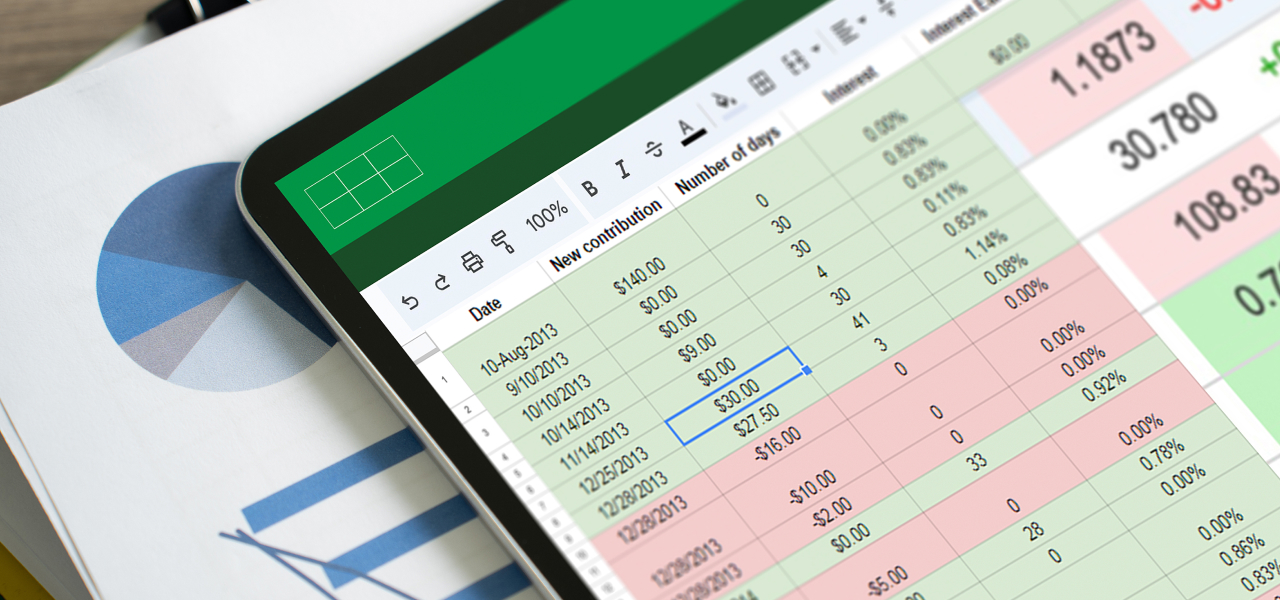For many family offices, achieving a single source of truth in accounting and investment reporting is as elusive as a pot of gold at the end of a rainbow. But it doesn’t have to be like that.
“Get the general ledger right and invest in purpose-built software,” advises Ashley Whittaker, President, Global Sales at FundCount. “That will help to ensure data is accurate, aggregated and accessible, which are necessary to achieve a single source of truth.”
In the following interview, Whittaker provides further insight into the challenges today’s family offices face and what actions can be taken to bring home the pot of gold.
What are the primary accounting and reporting challenges for family offices?
Regardless of the size or type of office – single or multi-family – all seem to voice similar frustrations. Time and again, you’ll hear family offices complain that gathering data is time consuming, managing multiple legal entities is cumbersome and timely consolidated reporting is a constant challenge. Not to mention the biggest challenge of all: over-dependence on spreadsheets. Until family offices can overcome these challenges, achieving that ever-important single source of truth will remain elusive.
Why do these issues exist in the first place?
When you look at a family office’s ecosystem, it’s startling to see the number of different systems needed to cope with the many and varied data sources. Even more noticeable, is that most accounting software that firms use is either designed for manufacturing and service companies or generic business, not the investment industry. It’s no wonder that family offices spend so much time using spreadsheets, gathering data, checking accuracy, reconciling information and compiling reports.
Aggregating data from these silos and getting all systems to talk to each other is complicated, but necessary to gain a holistic view.
So, how can family offices overcome these obstacles?
In searching for that single source of investment truth, family offices must pay close attention to how data is gathered and organized in their accounting system, which directly impacts accessibility for reporting. It all comes down to the general ledger, which must be completely unified and baked into the accounting and reporting solution. That way all data is aggregated, updated automatically in real time and accessible through a single platform. Without a unified approach, family offices can run into all sorts of issues.
For example, one of our clients had been using general ledger software that was not integrated within their portfolio management system, which made reporting incredibly difficult. There was often a three-month delay in generating reports to family members and the information changed constantly.
Answering basic questions from the family such as, “Where am I invested?” and, “What is my performance?” was more complicated than it needed to be. Even with a staff of 25 to manage reconciliation, accounts payable and reporting, questions still couldn’t be answered in a timely fashion.
We provided them with a back-office accounting solution that unified their portfolio, partnership and general ledger activities on a single platform. With one data source and data all in one place, the client could create ad hoc reports or schedule reports ‘out-of-the-box’ and quickly respond to requests from family members. An added benefit was that accuracy improved as well. Most impactful, however, were the enormous efficiency gains. By using a unified solution, the client only needed five people to handle reconciliation and reporting, freeing the rest of the team for other tasks.
In addition to getting the general ledger right, what other actions can family offices take?
This is where investing in what we call ‘fit-for-purpose’ solutions can have a big impact. Too often family offices rely on spreadsheets and general-purpose systems for accounting and reporting.
While these systems may sound like a good idea up front because they are often less expensive than specialized wealth management solutions, family offices pay the price in time and lack of accuracy. There are complexities – such as consolidating ledgers for multiple entities – that simply cannot be managed in these systems without time-consuming workarounds, which is why specialized systems are so critical.
What other advice do you have for family offices?
When selecting an accounting and reporting system, stay focused on results. Thanks to the availability of today’s powerful business intelligence and visualization tools, creating charts and graphs is easy. But don’t be blinded by visualizations that have a ‘wow’ effect in presentations only to ring hollow with little substance behind the pretty graphics. Dig deeper to ensure the solution itself provides the underlying information the family needs.
The most important thing, however, is to understand why you are undertaking the project in the first place. Focus on outcomes and what you wish to achieve. Is efficiency important? Reporting flexibility and improvements? Timely response to family member requests? Managing risk?
Once you have that end goal and have taken everything into account, moving forward is easy. Only a unified solution with accounting, general ledger and reporting on a single platform will provide the accuracy, data accessibility and timely information needed to achieve that ever-important single source of truth.
This blog was adapted from “Why are Family Offices Still Searching for a Single Source of Truth?” in Family Wealth Report’s Technology Traps Wealth Managers Must Avoid. Click here to read the full article.







